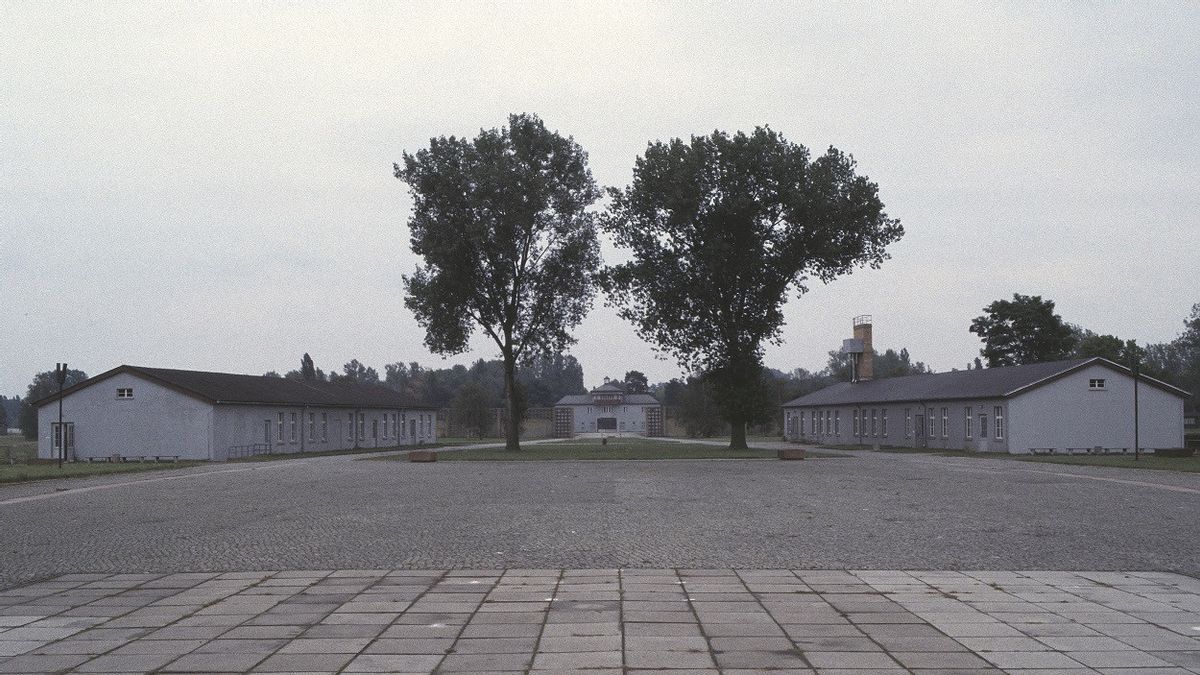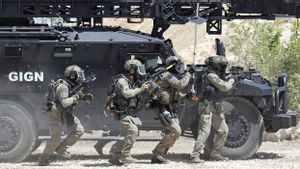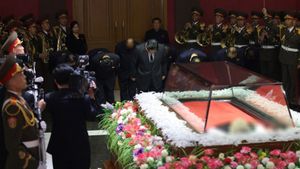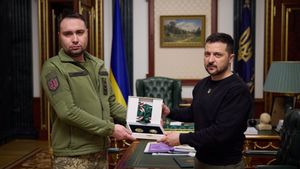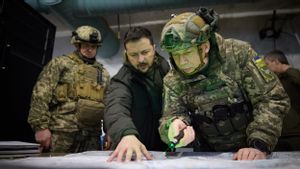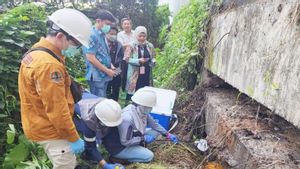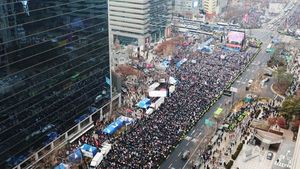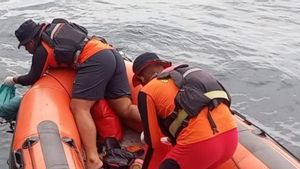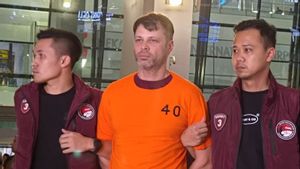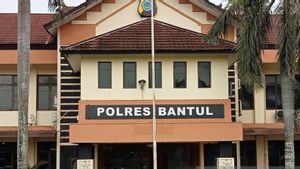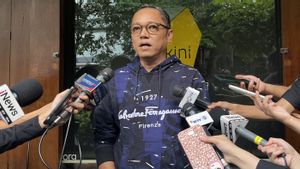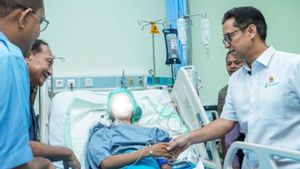JAKARTA - Researchers in Israel are leveraging artificial intelligence to comb through piles of records, to try to identify hundreds of thousands of Jews killed in the Holocaust whose names were not listed in the official memorial.
More than six million Jews were killed by the Nazis during the Second World War, in genocide commemorated worldwide in Yom HaShoah or Holocaust Memorial Day on Monday this week.
Ahead of the warning, staff at the Yad Vashem World Holocaust Memorial Center in Jerusalem said they were working to improve searches for details of known and unknown victims, after developing their own AI-powered software.
Over the years, volunteers have tracked information about 4.9 million people by reading statements and documents, checking film recordings, funerals, and other records.
"It's very difficult for humans to do so, just to check everything and not miss a single detail," Esther Fuxbrumer, head of software development at the research center, told Reuters.
Fuxbrumer said there were so many loopholes in the existing 9 million records. The Nazis "only brought people, shot them, and covered them in a hole. And no one left to tell about them."
"And then there is a big task to connect individuals with family dates and members as well as other details, monitor duplication and compare accounts," he said.
The AI system, developed over the past two years to filter notes in English, Hebrew, German, Russian and other languages, is currently in the testing phase.
"Technology works very fast, it only takes a few hours to examine hundreds of testimonies and the results are very precise," said Fuxbrumer.
"We see that from each testimony, we can get between six or seven names with complete details that we can automatically enter into our database, and about 10 percent of the names we found are already in our database, but 90 percent are new names we've never heard of before," he explained.
In one case, they found information aboutELADIT and Ruth Rosenbaum, two four-and-a-half-year-old twins from Romania who were taken to Auschwitz. Ruth survived. Ruth was killed.
"And we can get more information about Ruth from someone who is not her family at all, someone she met at the camp," explained Fuxbrumer.
In the trial, staff tested 400 of their 30,000 testimonies, including many three-hour video recordings of survivors.
BACA JUGA:
The Fuxbrumer says 1,500 new names have been added and there will be more to be added in the next few weeks, when the system is used for 30,000 testimonies.
The next stage of this trial will include a daily book.
"We believe that in that way we will be able to bring a lot of stories about the many victims who were killed, the little ones who were unknown to others, to tell us about what happened to them," he concluded.
The English, Chinese, Japanese, Arabic, and French versions are automatically generated by the AI. So there may still be inaccuracies in translating, please always see Indonesian as our main language. (system supported by DigitalSiber.id)
